|
As a native of Utah, I never gave much thought to tall grass prairies. I was always obsessed with the mountains, assuming I would work in that ecosystem. Yet, here I am in Illinois, working in a tall grass prairie for my thesis. Although I never anticipated ending up here, I am so glad that I did. My advisor, Dr. Holly Jones, introduced Nachusa to me as the perfect place to conduct research. It has a chronosequence of sites, a bison unit, a non-bison unit and units with different burn intervals. I understood what she meant by the perfect place, but I couldn’t fully appreciate it until I became immersed in the potential of Nachusa. I am continually finding myself inspired with new research questions and ideas, to the point where I swear I could stay here forever. My research interests revolve around predators. Predators have fascinated me since I was a kid pretending to be a lion. There is a beauty and grace about predators. They are fierce, powerful, and incredibly influential in an ecosystem. Predators can shape an entire ecosystem through hunting, creating fear that results in behavioral changes in their prey. These effects can ripple down the food web all the way to impact decomposition. Nachusa is unique place to study predators. Historically, wolves were the top predators here. Since they were driven to local extinction in the 1800s, coyotes have taken over that role. This change in “top dog” has major implications for the way an ecosystem functions and which prey species are most abundant. That in itself is interesting. However, in addition, Nachusa is a rich and diverse landscape surrounded by agricultural fields. These conditions can be very supportive of coyote and fox predators. Furthermore, I discovered that the coyotes at Nachusa are depredating a state-listed turtle species many of us know and love: ornate box turtles. This makes understanding the role coyotes play at Nachusa even that much more important. My research focuses on how coyote removal impacts small mammal prey species. Using stable isotope analysis, I investigated the diet of coyotes at Nachusa. The first step in the process was getting tissue samples from consumers (i.e. coyotes) and all the prey sources they ate. I tried countless times to entice coyotes to non-invasively “donate” their fur, but they just wouldn’t cooperate. In the end, the supportive community at Nachusa graciously collected nasty hair samples from road kill for me. (Thank you all so much!) I’m currently looking at seasonal effects on coyote diet; the coyote hair is cut into segments and examined. Food availability in the prairie shifts over the seasons, so this method could provide some interesting insights as to what coyotes are eating when. Potentially, this could tell us more about when ornate box turtles are at highest risk for coyote depredation! We now know that the Nachusa coyotes are opportunistic, generalist feeders. They hunt and eat small mammals in the greatest proportion collectively, but have a wide variety of dietary items. This is hardly surprising considering the menu of small mammals that are out there! I have come to love Nachusa and each and all of its ticks. I can’t believe my time as a researcher here is coming to an end. Not only have I fallen in love, but my family has too. We will miss and cherish our time spent at Nachusa. Kirstie Savage is a graduate student in the Department of Biological Sciences at Northern Illinois University. To read more about her work, visit the Jones Lab webpage.
4 Comments
Suzanne Moran
11/16/2017 07:45:26 am
I am not an Illinois native either, but have come to love this area, especially the Prairie restoration areas. Thank you for your research and care of the Nachusa Grasslands.
Reply
James McGee
11/16/2017 06:07:52 pm
I never remember seeing coyotes when I was a kid in Nebraska and Iowa. However, I do remember seeing foxes. People talked about coyotes, but I don't remember ever seeing one. It is ironic that I now live in a suburb of Chicago and I see coyotes all the time.
Reply
11/16/2017 10:28:45 pm
Great work you're doing, Kirstie! I'm curious if you can answer I question I have. Wolves hunt in packs and are carnivores, right? And coyotes hunt solo and are omnivores, correct? Could maybe tell us more about how these specific differences might impact the Nachusa ecosystem? You mentioned the ornate box turtle population decline, for instance, which I assume wolves didn't eat. What about the impact on the bison population and the subsequent impact bison have on the grasses (how much they eat, their manure as soil fertilizer, etc.)?? Thanks!
Reply
Kirstie Savage
11/17/2017 02:46:27 pm
Hey Gavin,
Reply
Your comment will be posted after it is approved.
Leave a Reply. |
Blog CoordinatorDee Hudson
I am a nature photographer, a freelance graphic designer, and steward at Nachusa's Thelma Carpenter Prairie. I have taken photos for Nachusa since 2012. EditorJames Higby
I have been a high school French teacher, registered piano technician, and librarian. In retirement I am a volunteer historian at Lee County Historical and Genealogical Society. Categories
All
Archives
January 2024
|
CONNECT WITH US |
|
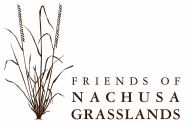
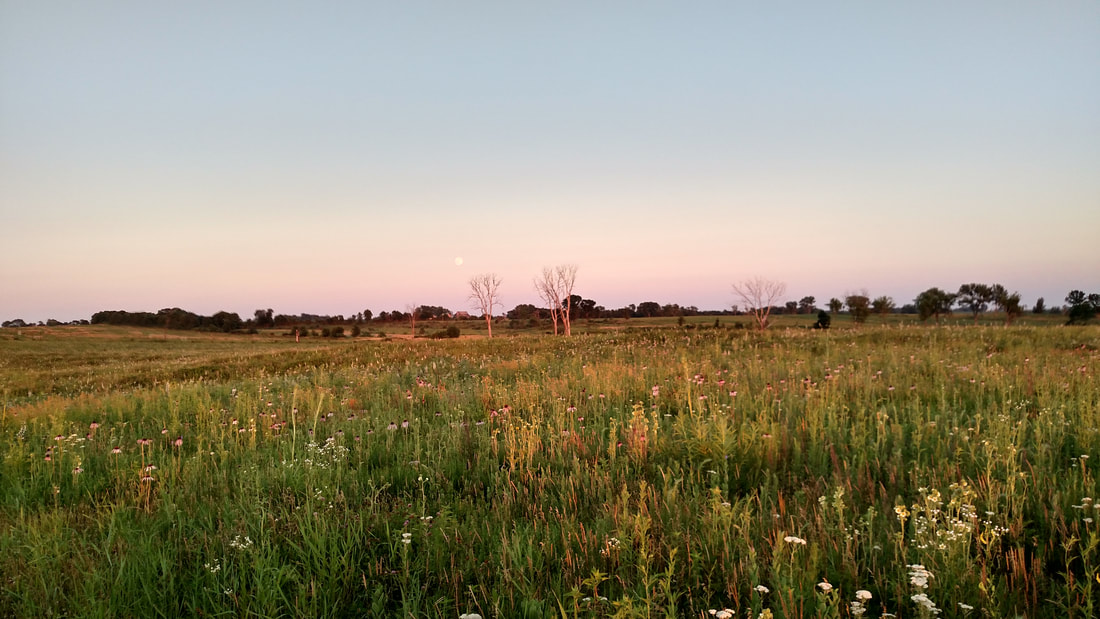
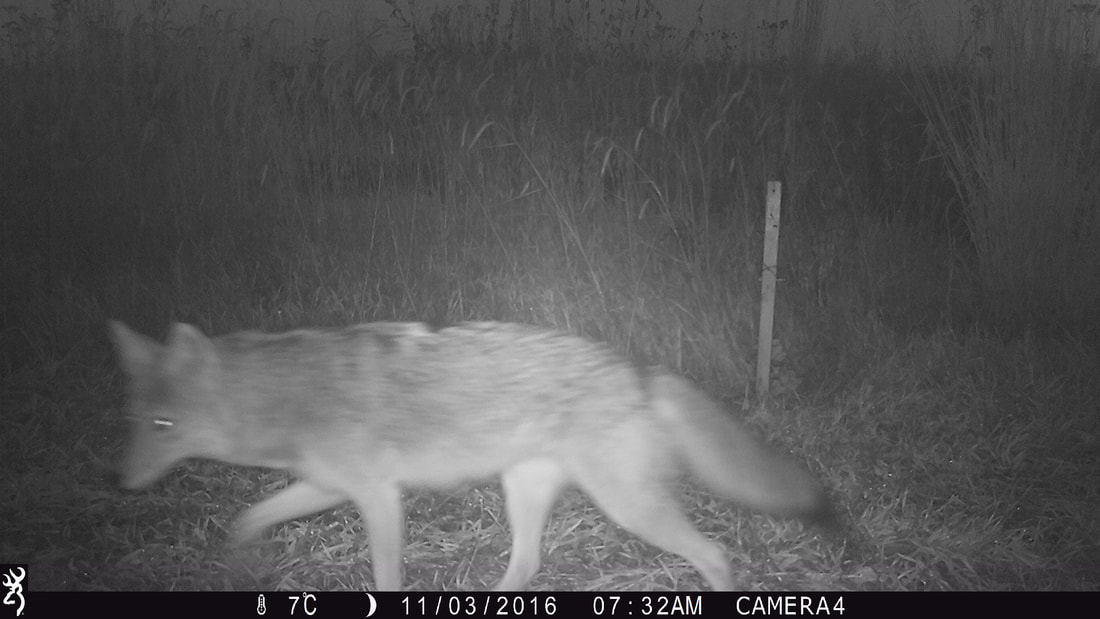
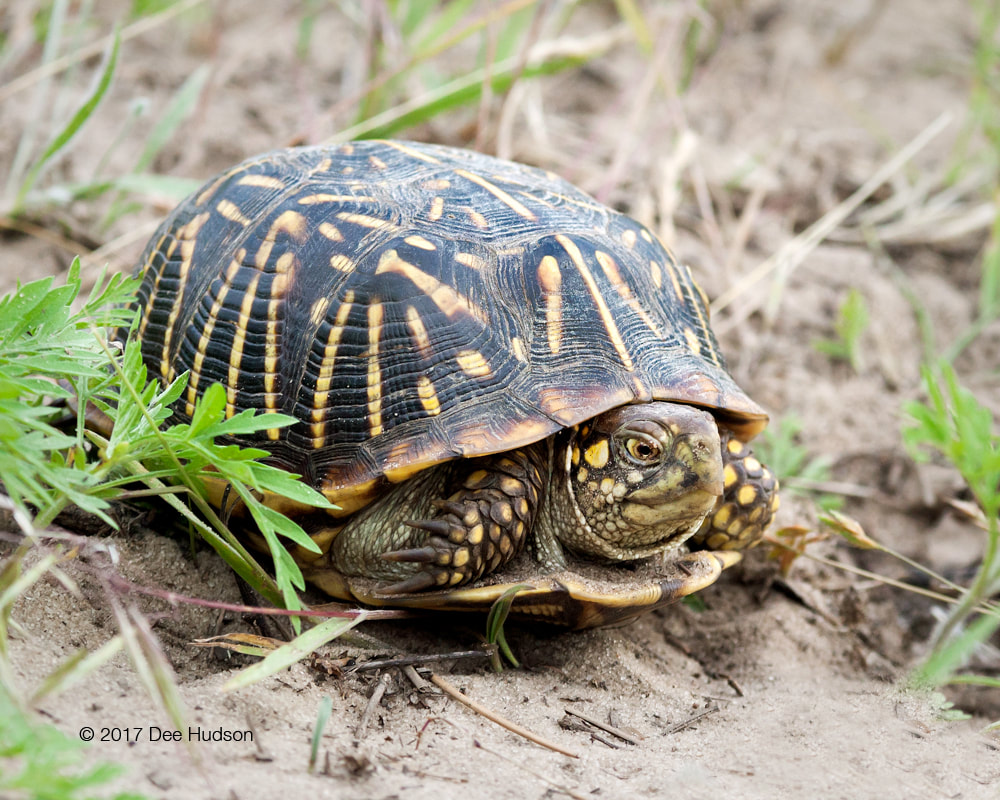
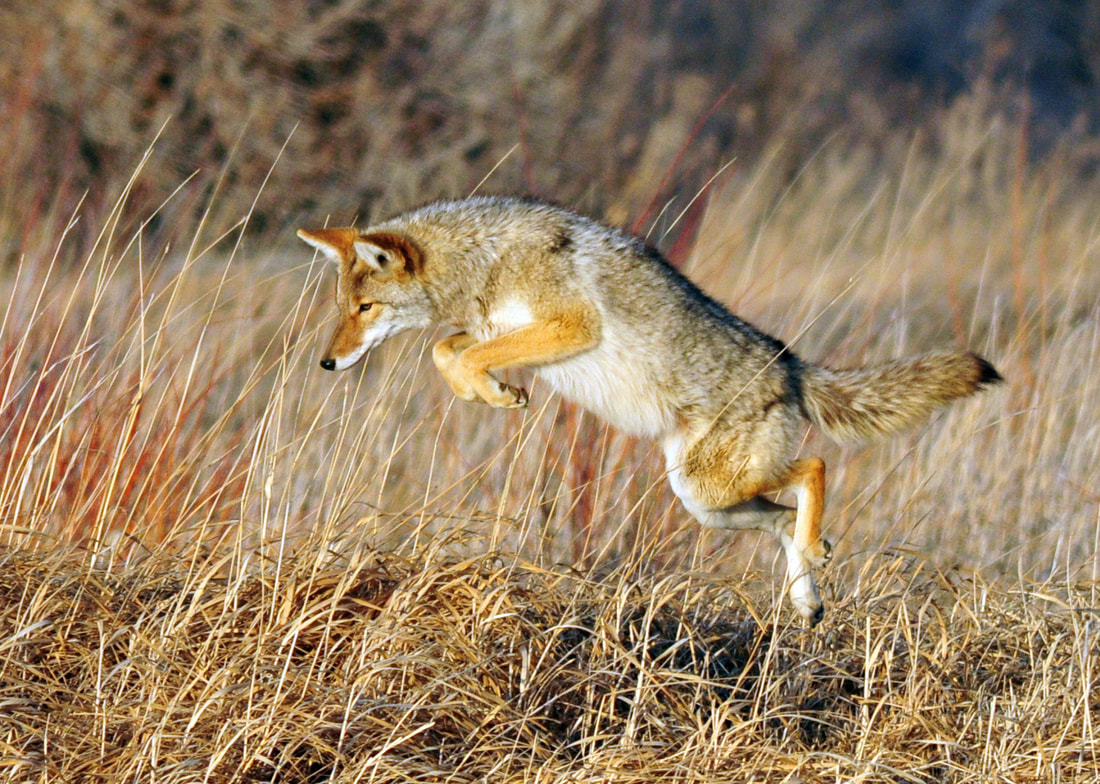
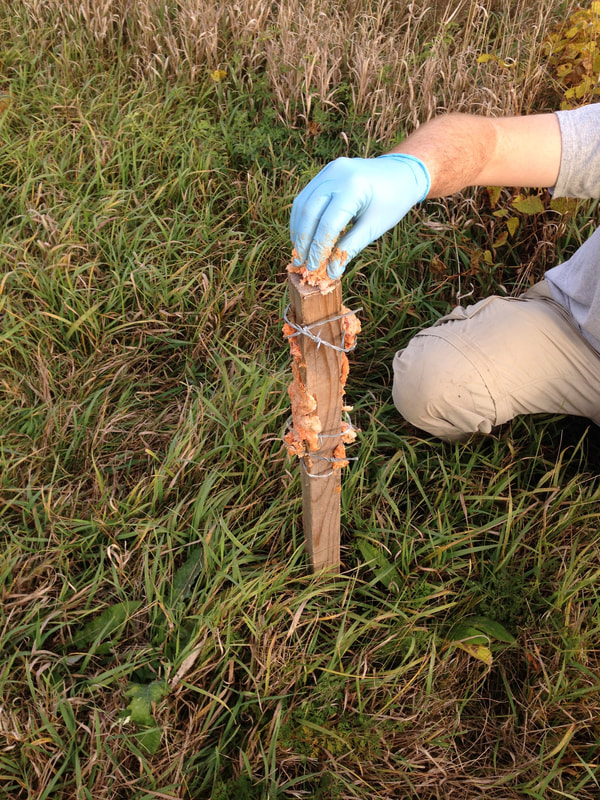
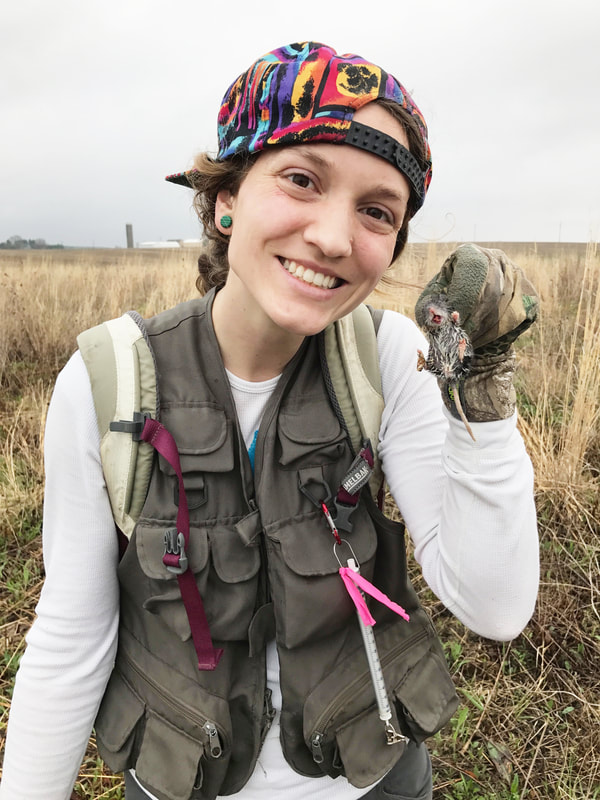
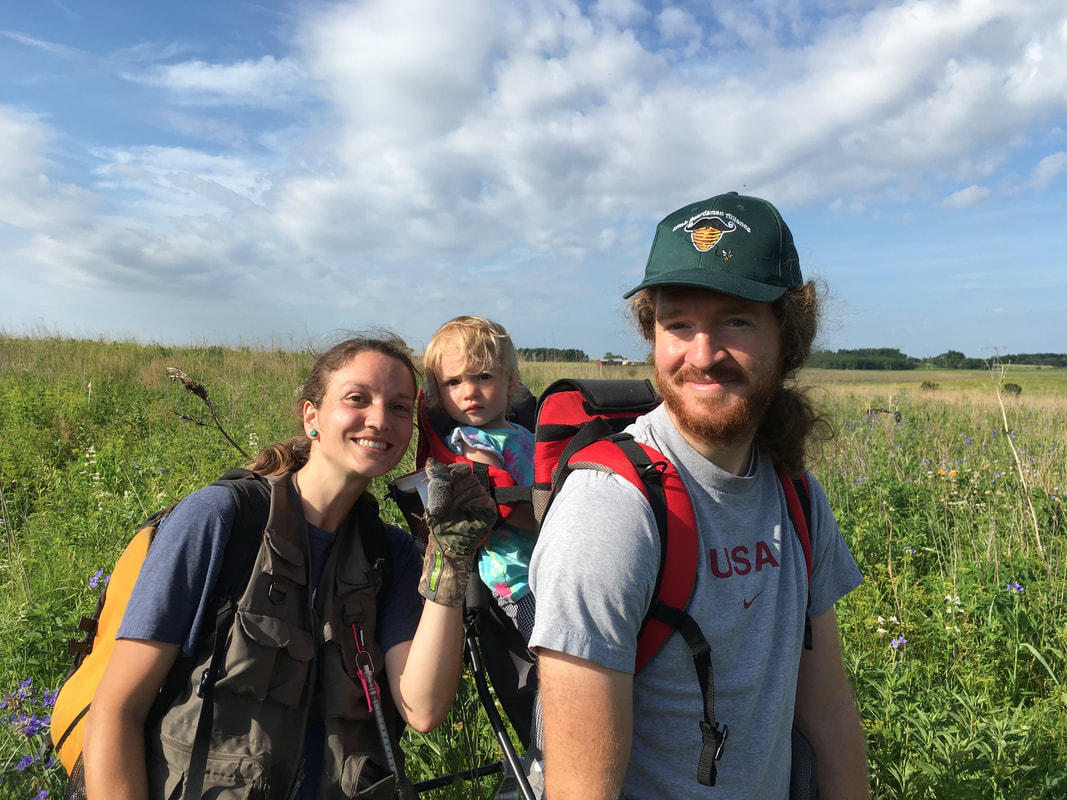

 RSS Feed
RSS Feed